Home Hi-Tech Android World ,,,,,
There is a lot to say about the Lima project (which we had already talked about here), both on a technical and practical level: we immediately liked the basic idea of a personal cloud, and the newcomer, Lima Ultra (subject of this test) does nothing but present better characteristics of power and versatility.
The device offers users a double identity : simple and obvious in its interface and minimalist use, as well as complex and detailed from that of development and putting on the track.
In this test we wanted to examine all these aspects, to find out what is actually about and what are the real advantages in using.
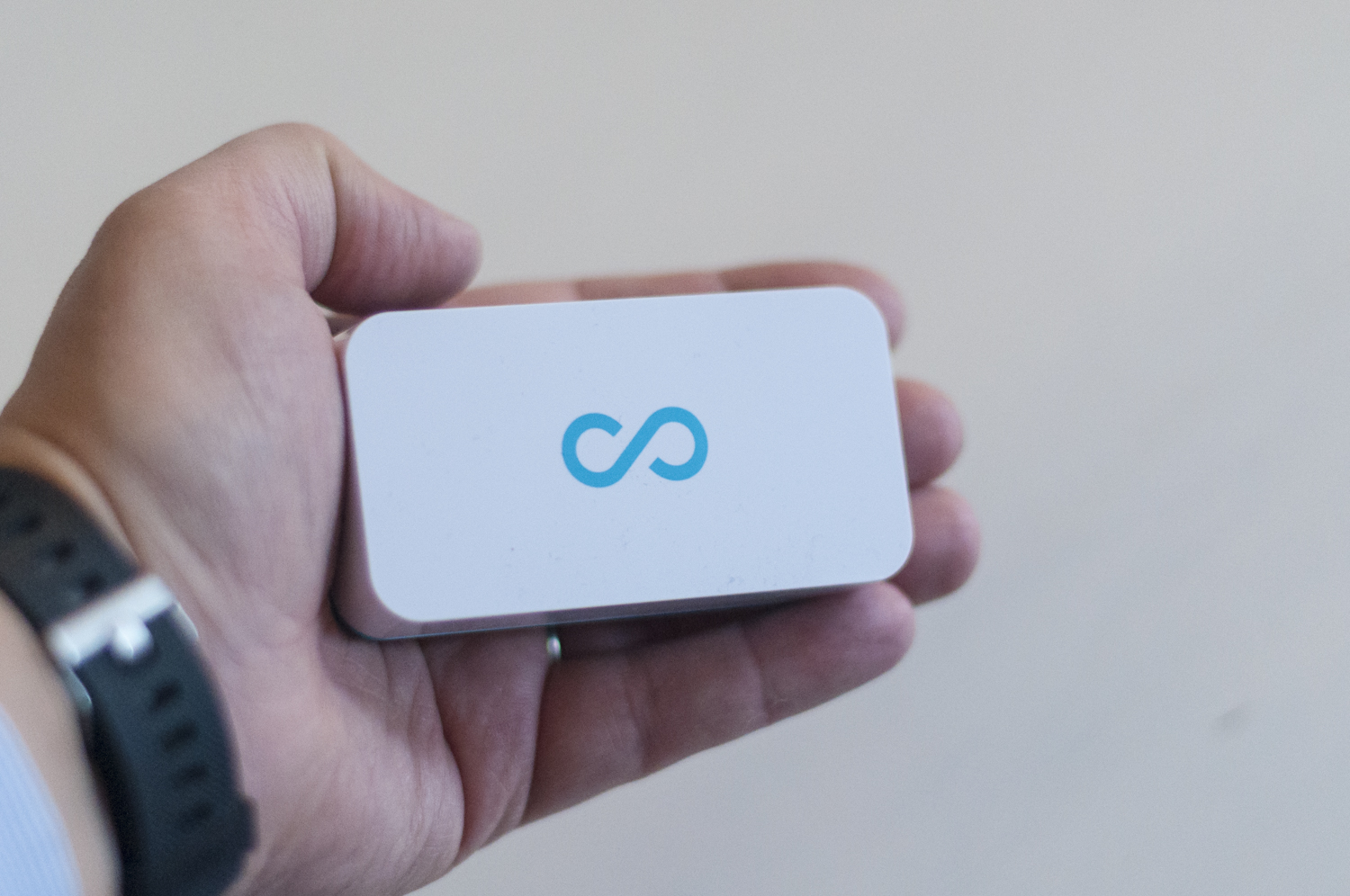 Lima Ultra, here the core of the solution
Lima Ultra, here the core of the solution
Lima Ultra, the basic idea
Basically Lima Ultra is a small device presented in a beautiful and original package, which shows a small USB-A port on one side and an Ethernet connector RJ-45 on the other hand, with the power connector next to it. Lima Ultra is all here: basically the lowest common denominator for a solution that the user can build on his own, on the other hand customize it as he wishes.
The purpose, as many readers will already have understood, is to allow the contents of a USB-A disk (2.0 or 3.0) to become a network disk, in this case a disk designed for the internet (even if it also works locally). Basically a homemade cloud, which uses the USB disk for storage space (as desired, up to 7TB) and our internet connection to publish online.
 Everything you need for your personal cloud: Lima ultra, a power socket (two for 3.5 ″ drives), an Ethernet cable and a USB-A drive
Everything you need for your personal cloud: Lima ultra, a power socket (two for 3.5 ″ drives), an Ethernet cable and a USB-A drive
I advantages compared to the classic OneDrive, Dropbox or GDrive are different: a subscription is no longer required, because the purchase is done only once (with Lima Ultra, for the disc you can also use one that you already have at home) and local performance , certainly more promising than a pure cloud (especially for those who have a line that is not really fast).
From this point of view, the Lima Ultra solution is very attractive and, let's say it immediately, the results reflect this impression: there is still something to be done here and there, but these are small adjustments that are worth more than anything else for more advanced users who require particular elastic and not for the user who follows the instructions slavishly.
It is important to understand instead that Lima Ultra is not a real NAS, and as an alternative it is presented in a partial way: the device is designed first everything for personal and non-public use and in any case it lacks some basic features that are very common on a NAS.
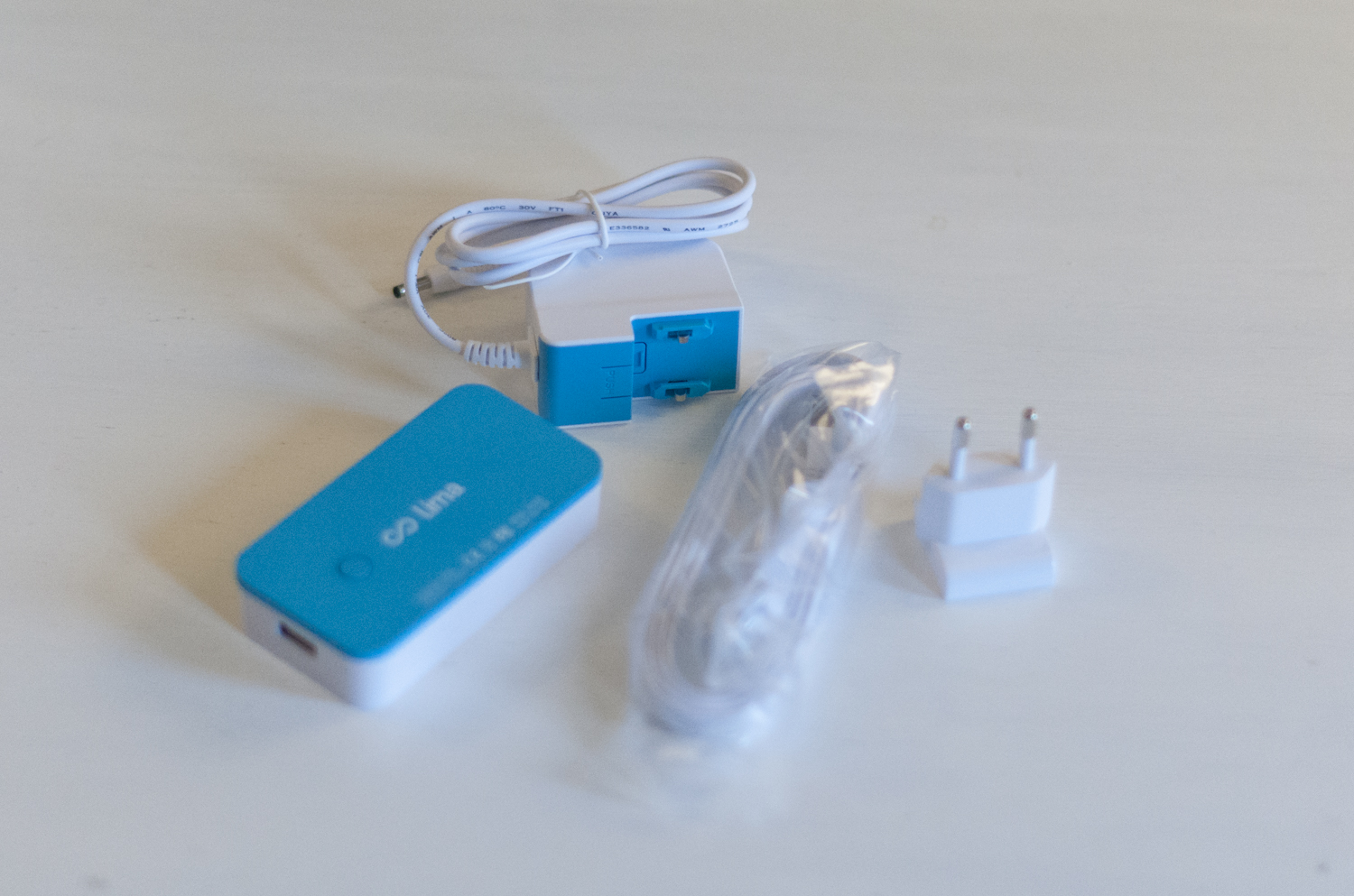 The contents of the package
The contents of the package
Step-by-step
Once out of the package (as mentioned, it is also treated in detail such as the shape of the Lima) to activate all you have to do is connect the RJ-45 connector first, then the disk and finally the power supply. It only takes a few seconds and the system is ready to be captured by the first computer using the Lima software, downloadable from the site.
The App offers a very nice and very simple step-by-step installation on Mac to configure: just follow the instructions to obtain a correct synchronization, all repeated for each of the computers to be connected.
On this point it is important to clarify: Lima Ultra is a solution designed for a single user , not for a group, for which data synchronization must be activated only on owned computers or in any case only those that the person who manages Lima uses regularly, it is not a space where multiple users can share files as an evolved cloud service.
Once the procedure is finished, Lima creates a virtual disk, which we use as if it were a normal disk connected to the Mac: when we copy one or more files or folders, the system starts the synchronization towards the disk (everything happens so a lot transparent) and modify the local cache.
 Some screenshots of the App: note the audio player and the recovery of metadata in a movie
Some screenshots of the App: note the audio player and the recovery of metadata in a movie
The contents of the disk always appear available as a residual image, but for the user it is like navigating within a local or network disk. When we click on a document or copy it from the disk to the desk, Lima Ultra decides whether to provide it entirely or to stream it (as in the case of a movie): in this case Torrent technology is used to speed things up, which means that more computers are connected to the Lima, the faster the transfer will be.
Also in this case there is an important difference: with a pure cloud the services use a server as their only point of reference, while Lima Ultra is a distributed system where each connected computer is a peer-to-peer reference point.
In practice Lima Ultra is a disk available on the desktop every time we activate the App (which lights up an icon on the menu bar), the content of which is available (thanks to the metadata) even if in reality a lot more happens, and it doesn't matter if your computer has only 256GB of disk space (like in our MacBook Pro), thanks to a internet connection you have virt currently up to 7 TB of space that can be used with a single click.
The same thing happens in mobile devices, where an App offers you access to documents and browsing between them: a music player and a video player (even with subtitles) leave the user free to use some streaming content. The video player, in particular, is able to retrieve the metadata of the recognized files, such as Title, summary and actors.
In other cases, such as Office or other documents, we can share them with other Apps. The App also allows you to keep some documents offline, for a quick consultation even outside the network.
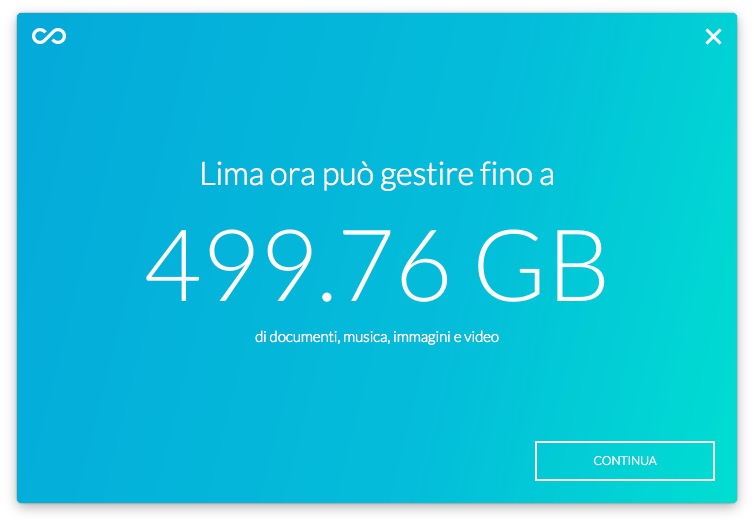
Ultra file in daily use
We have activated the Ultra File on a 500 GB USB-A disk, copying our Jobs folder inside and the music library, both about 100GB, plus other documents scattered here and there. The purpose was to use the Lima Ultra drive as a bridge between home (iMac) and office (MacBook Pro) to have a way to exchange documents.
The result was brilliant, and the speed of the Lima Ultra has always lived up to expectations: both Macs were on a Fastweb fiber line, (in the case of the office at 10Mbit, at home 100Mbit), but in practice it almost never seemed to have a disk cloud.
There was some indecision here and there, when the disk was downloading the data, but it is a normal lag due to the network, no indecision instead internal to the solution : it should be noted that the space required was greater than what the MacBook Pro could accommodate (a 256GB disk, with macOS and all the Apps, leaves 200 GB free, against an overall weight of the documents of about 215 GB, increasing ) for which it would have been impossible to opt for a classic cloud service. This is because cloud services require local physical space to synchronize or a continuous download and upload via browser: Dropbox has activated the Sync service for virtual disks, but only on Business contracts.
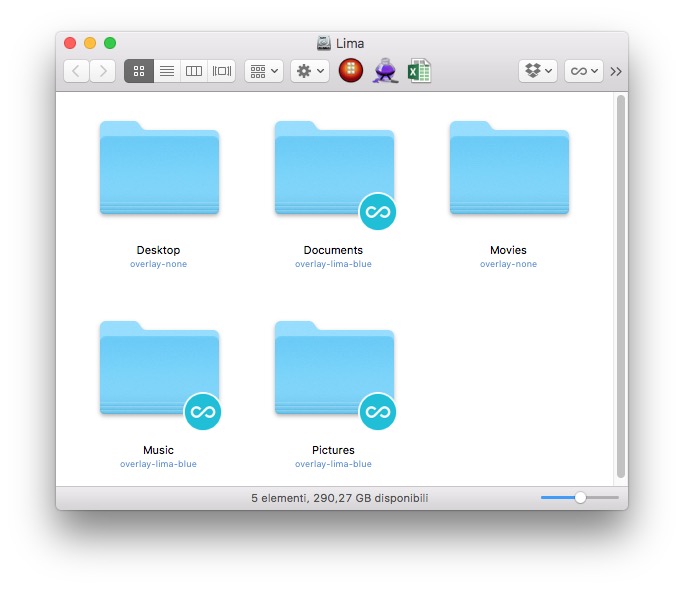
Very good use of the cache for the most important documents: we used the VOX player to play the music directly from the Ultra Lima and QuickTime and VLC for the reproduction of some videos in MP4 without noticing any problems, while for the other documents after the double click the transfer time was enough (when necessary, if the document was in cache the system returned it in real time, this for the most used files).
Once the document was downloaded, saving was immediate.
We noticed some delays while the disk synchronized a large amount of data , for example trying to access a document while another computer was synchronizing a movie.
We underline that it is also possible to activate the encryption of documents, for greater security. you still need some revision to be 100% complete: on the other hand, where there is no simplified and automatic procedure for changing the disc, the site is generous with explanations in this regard, and the customer service was very attentive and prompt in the answers, so much so that in a couple of emails we solved everything in a flash.
The point is that the solution is thought (intelligently) to be used as it was designed; customizations are not well received and therefore supported, even if in our case they were aimed at verifying their solidity.
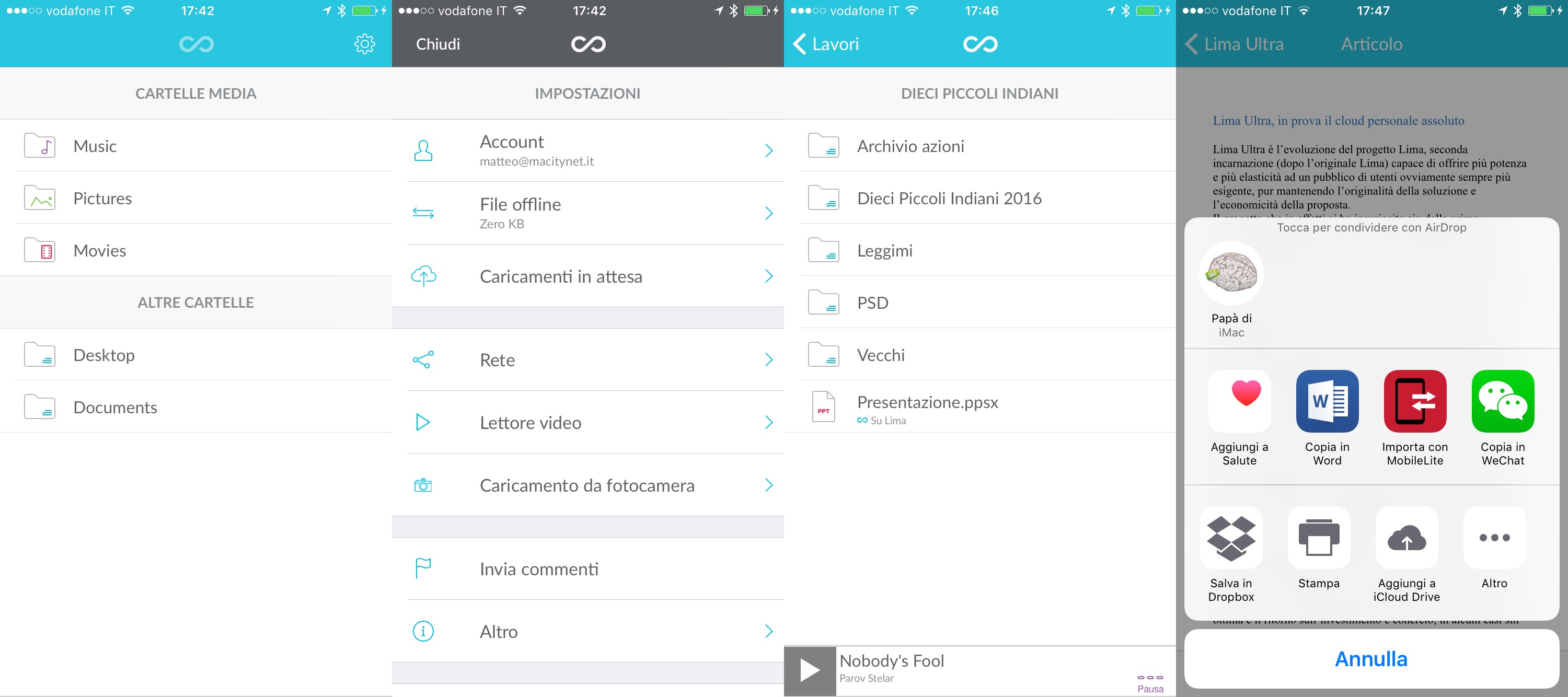
Considerations
Lima Ultra is a somewhat anomalous product, which stands as a middle solution between a NAS, a cloud and a USB disk, offering on the one hand the best of all and on the other the singularity of a private use, a word that must be taken in its strictest sense.
The lack of a browser for data collection is felt, especially when we have need a document not having our Mac with us (and having to use the smartphone) and it must also be emphasized that, although the solution is well thought out, much of the quality depends on the ADSL line where the Lima is installed.
On the other hand, there remains the advantage of a very good idea for those who want to use a cloud service without being tied to the subscription prices: just for comparison, 1TB on Dropbox costs 99.00 Euro at the year no, but with 129.99 Euros you have Lima Ultra forever, and you can connect disks up to 7TB to it (to have the same space with Dropbox, for example, you need to subscribe to a Business contract, which costs 900 Euros a year, even if in this case a minimum of 5 users are expected).
Furthermore, the Lima Ultra virtual disk solution is anything but to be underestimated, especially for those who have to manage large quantities of documents with disks small size (as in the case of a MacBook Pro).
The beauty of the software, the practicality of a solution that actually does everything by itself, and the ability to solve many of the daily problems for those who, more on Mac / PC than on mobile, have to synchronize documents on multiple computers make it an extremely interesting device that deserves if not a purchase with eyes closed, to be seriously evaluated.
Lima Ultra is bookable through the official website and shortly it should also be available in the most common official channels, anc he online: for those who do not need high speed, the original Lima model is also available, directly on Amazon.it
Pro :
Against :
Price : 129.00 Euro

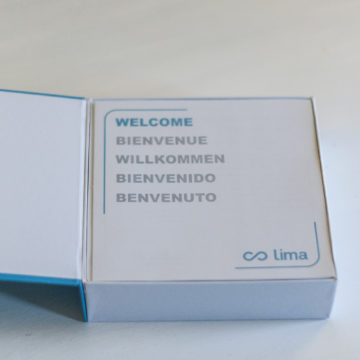
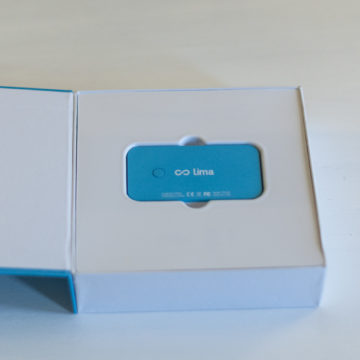
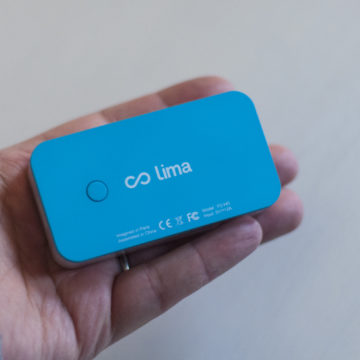
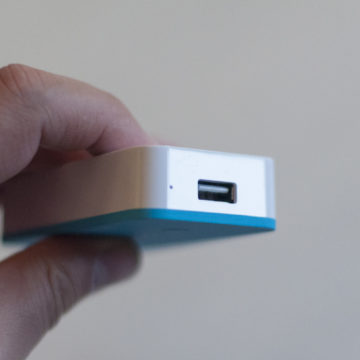
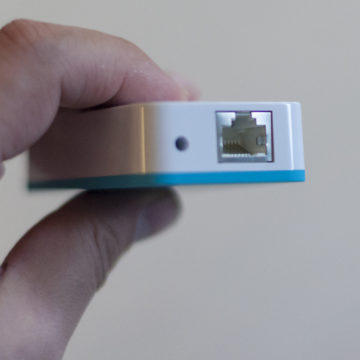
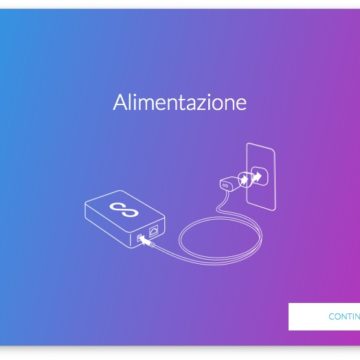
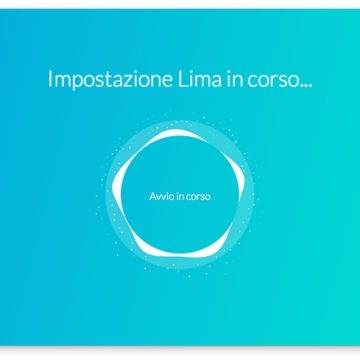
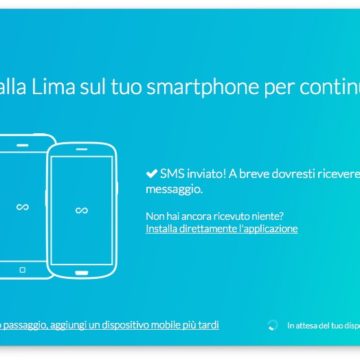
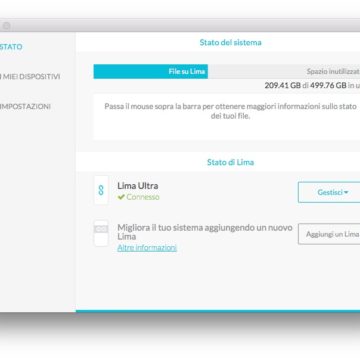
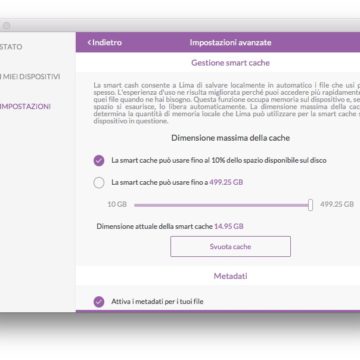
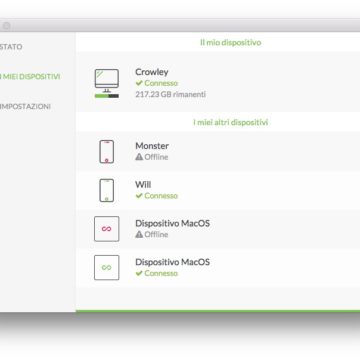
,,




